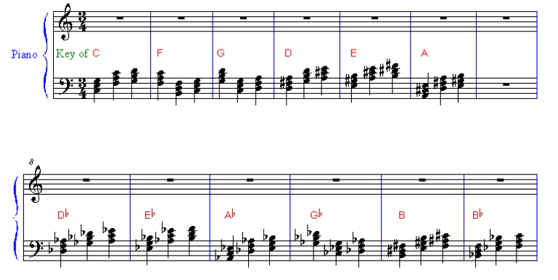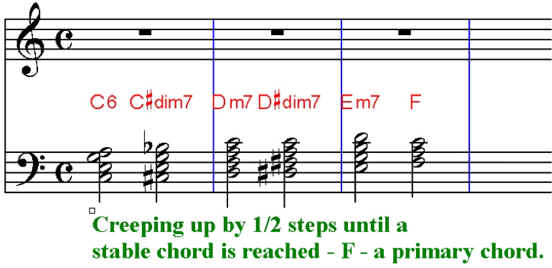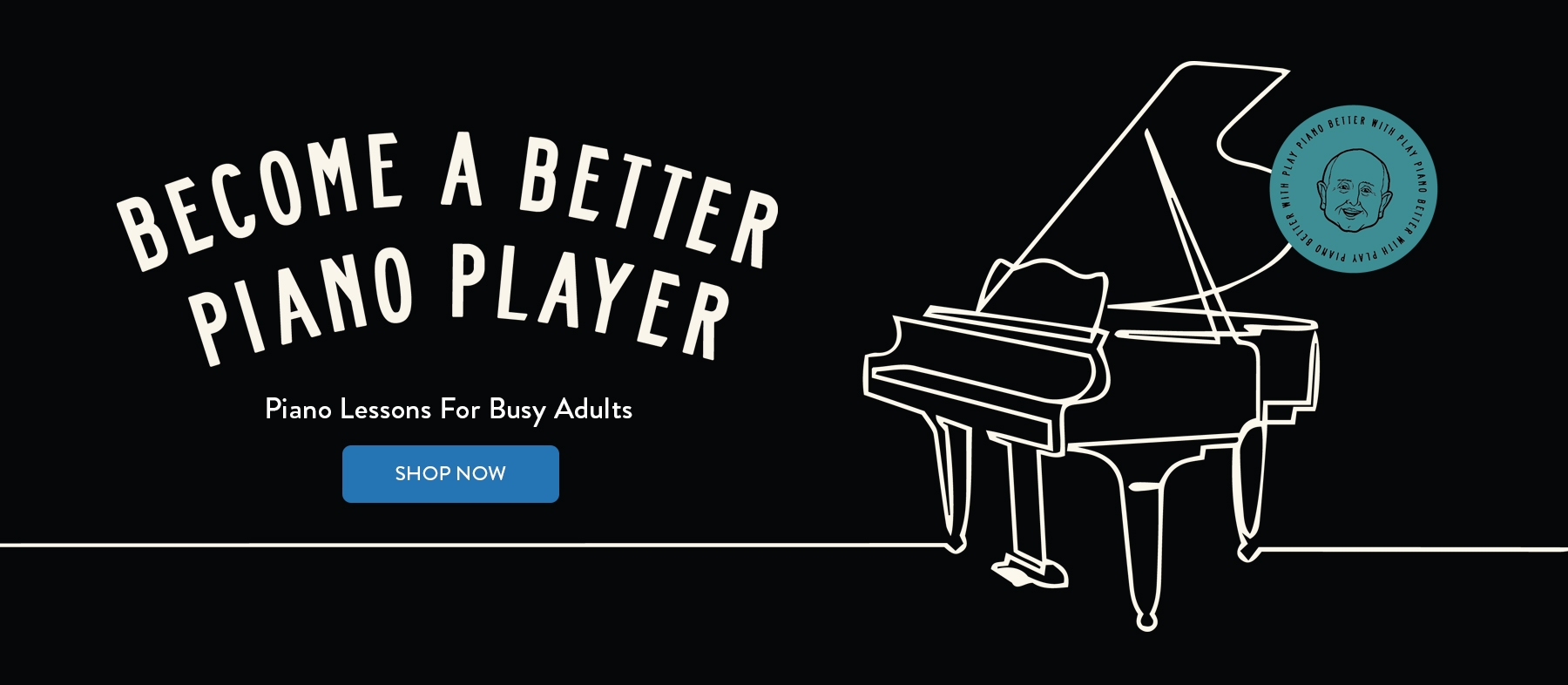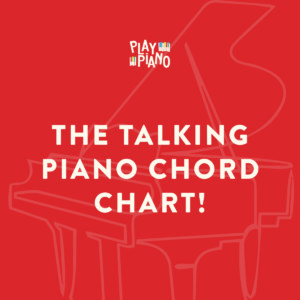Secrets of Exciting Chords & Chord Progressions: Lesson Twenty-Six
Chord Progressions Part Seven
“The ‘Creep’ Chord Progression”
A couple lessons ago we learned the most obvious chord progression of all:
| The “Oh Duh” Chord Progression 1. If there are 3 primary chords in a key — I, IV, and V — and there are; 2. And since most songs start and end on the I chord — and they do; 3. Then the obvious conclusion is that there are only two possibilities for the next chord — the V chord or the IV chord; 4. So if the melody note is part of the V chord, then the chord is probably the V chord. (Duh!) If the melody is not part of the V chord, then the chord is probably the IV chord. (Duh!) |
Just to briefly review, here they are again — the 3 most used chords — the primary chords — in each major key:

This time we’re going to learn the “creep” chord progression, using those diminished 7th chords we learned back a few lessons ago. I call it the “creep” because the chords creep up gradually until you arrive at a stable chord, then the song goes elsewhere.
You see, chord progressions come in sections, like one room in a house. You can put several different rooms together to make a big house, or you can live in a one room house. Just like people. In most 3rd world countries people live in one room houses — which means, of course, that much of the world lives in one-room houses (we won’t count bathrooms and closets, etc. — just the main living area.) Those of us who live in the West generally live in multi-room houses.
Chord progressions are like that. You can build an entire song out of one progression, such as the “Oh Duh” progression that we learned last time. And thousands of songs are built that way. Here’s just a few:
Amazing Grace
On Top Of Old Smoky
Cum Ba Ya
Yankee Doodle
America
Dixie
Battle Hymn Of The Republic
Home Sweet Home
Long Long Ago
Clementine
And about 17 gazillion more…
But there are also musical houses — we call them songs — that are built out of several different rooms — several different chord progressions. Some of them, like mansions and castles, go on and on and get quite involved.
But most songs are like many modest houses — they have 2 or 3 rooms, sometimes 4 — built using 2 or 3 or 4 different chord progressions.
Here’s an example of the creep chord progression:

(You will notice on the recording I added an E augmented chord between Em7 and F, which is optional.)
Once the progression reaches a stable chord — usually a primary chord — then it can be combined with one or more other progressions to create an entire song.

So here we have the “creep” combined with the “Oh Duh!” chord progression to form an entire phrase. If it is the first phrase of the song, it would be called the “theme” of the song, or “Section A” of a song. Typically in a song, a phrase like this is repeated several times in one of these musical forms:
| Theme Theme Contrast Theme This form is known as A A B A musical form. |
If the song went like this: Theme Contrast Theme …it would be known as A B A musical form. |
Every song has a form of some kind, so you can do yourself a HUGE favor and begin to look at songs with an eye to figuring out their musical form!
Why?
Because if you can recognize a song as an A A B A form song, all you have to do is determine the chord progression of the “A” section, and you’ve automatically learned 3/4 of the song! All that remains is learning the “B” section, and you’ve got it!
Have you seen the talking chord chart yet?




